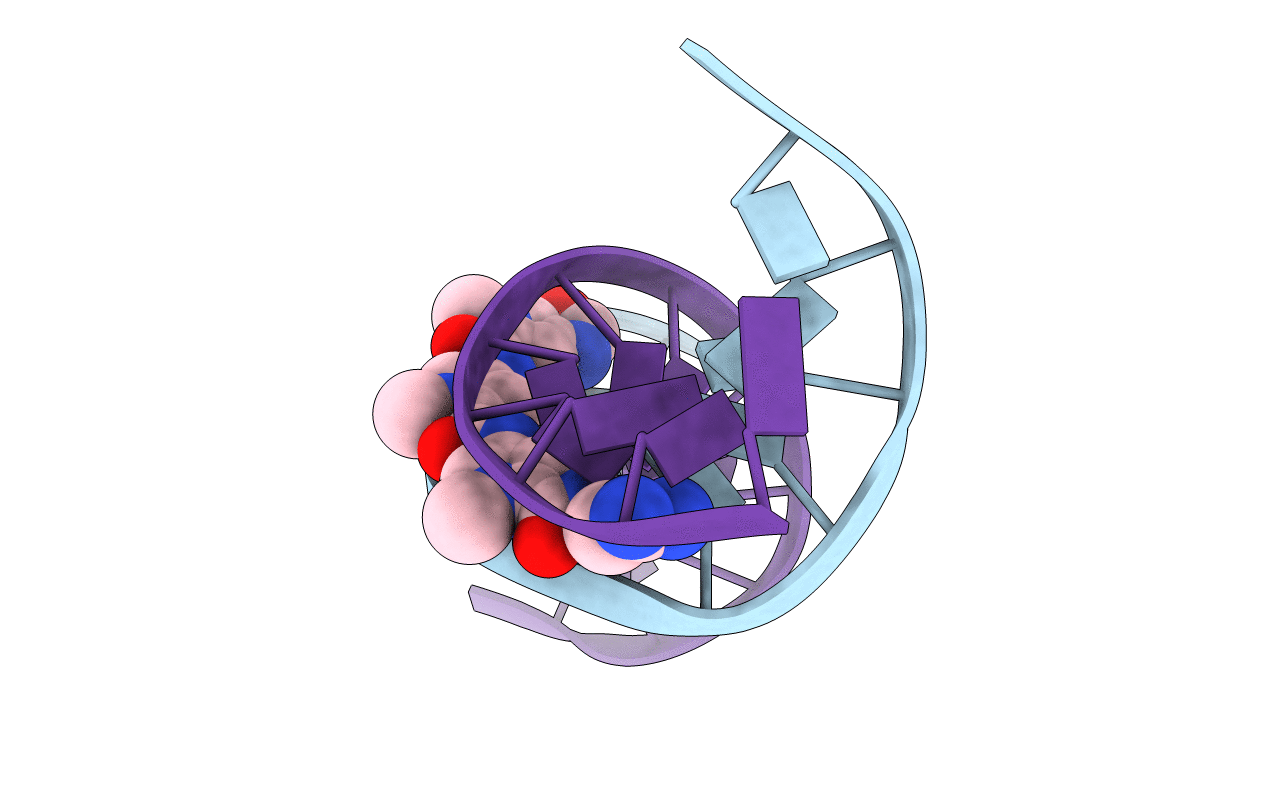
Deposition Date
1988-08-29
Release Date
1989-01-09
Last Version Date
2024-02-14
Entry Detail
PDB ID:
2DND
Keywords:
Title:
A BIFURCATED HYDROGEN-BONDED CONFORMATION IN THE D(A.T) BASE PAIRS OF THE DNA DODECAMER D(CGCAAATTTGCG) AND ITS COMPLEX WITH DISTAMYCIN
Biological Source:
Source Organism:
Method Details:
Experimental Method:
Resolution:
2.20 Å
R-Value Observed:
0.20
Space Group:
P 21 21 21


